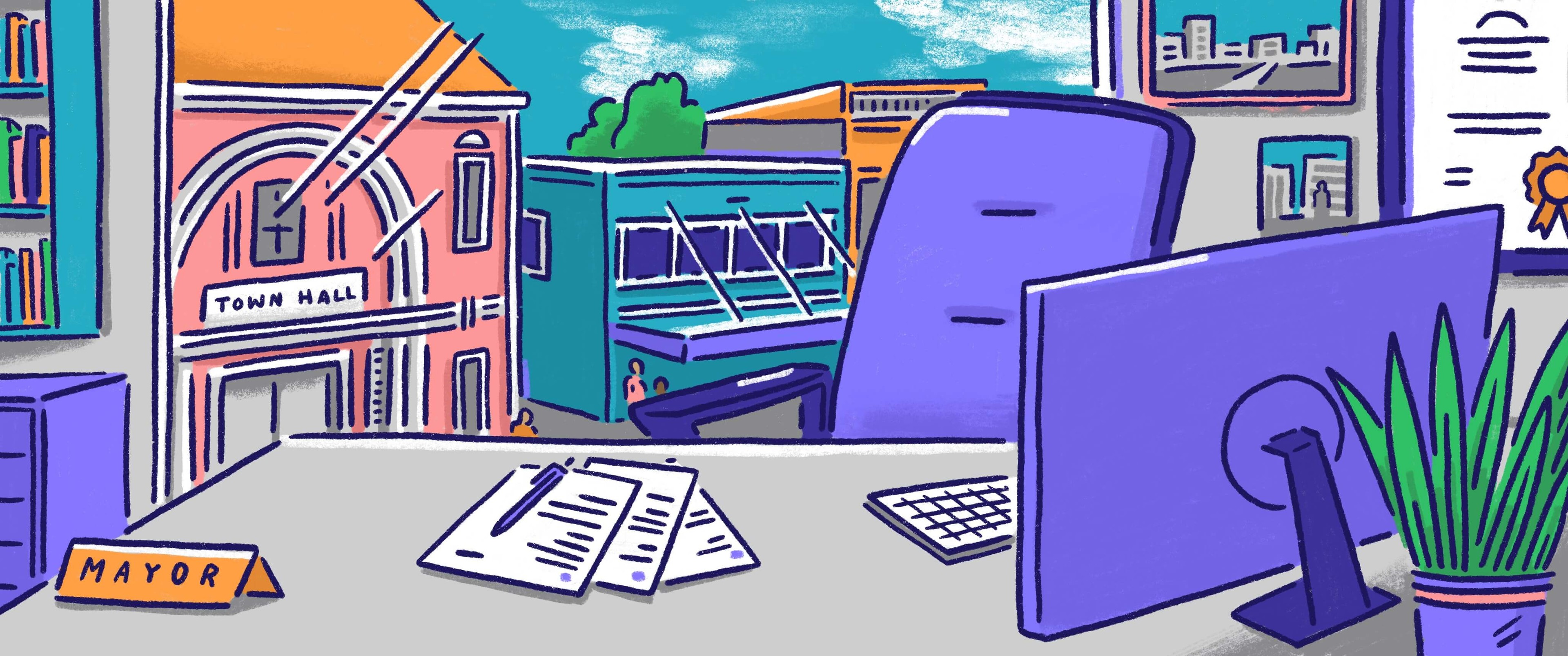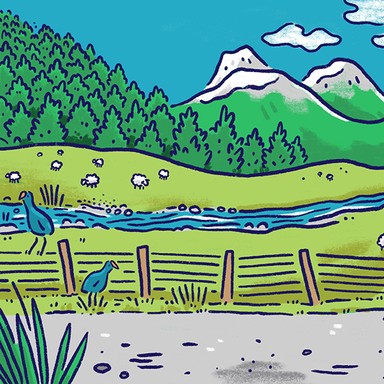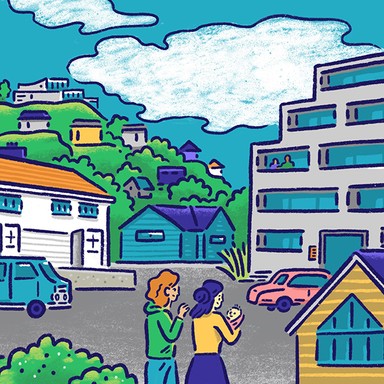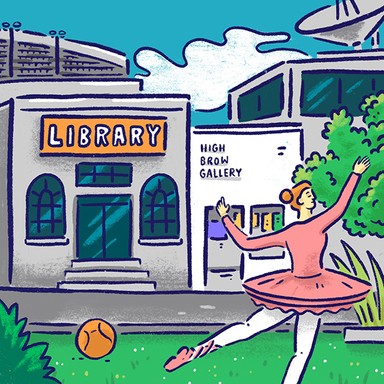
Mayor of Wellington

Climate change and resilience
Climate change poses a huge challenge for communities as more frequent extreme weather events require us to rethink how we live and where. Local authorities are at the forefront of efforts to respond, with responsibilities for environmental planning and regulation, as well as civil defence. Many councils have plans to reduce emissions in their area and are working to help their communities adapt to a warming world.

Climate change and resilience
Climate change poses a huge challenge for communities as more frequent extreme weather events require us to rethink how we live and where. Local authorities are at the forefront of efforts to respond, with responsibilities for environmental planning and regulation, as well as civil defence. Many councils have plans to reduce emissions in their area and are working to help their communities adapt to a warming world.
Commit to decision-making based on science and best engineering practice.
Commit to resolving our storm water problems and reducing flooding.
Commit to detailed assessment and protection where feasible of coastal areas prone to erosion.
Implement community-led climate change mitigation strategies to primarily reduce emissions.
Prioritise urban spatial planning, infrastructure and buildings that support low-carbon living, green spaces and mobility.
Accelerate Let's Get Wellington Moving, while advocating for light rail and a full cycleway network to lower our city's emissions through public transport.
Begin dialogue/planning for a surge barrier and dykes to protect the inner harbour and south coast against damage from severe weather events.
Wellingtonians won't give up their cars. Improved traffic flow and sequenced traffic lights will reduce emissions. Cycleways aren't the answer.
Assess infrastructure, including roads, essential services, retaining walls, power poles, etc. Renew/upgrade and make resilient accordingly.
Continue to work to deliver compact urban form in CBD, major centres and on key public transport routes. Active delivery by Urban Development Agency partnership with government.
Reduce waste to landfill through sludge plant, waste minimisation and reuse, already capturing methane through LMS plant.
Continue earthquake strengthening buildings, and work with coastal communities on site-specific responses to sea level rise.
Use Wellington strengths to encourage rapid transport mode shift with better bus lanes, well designed bus stops, and clutter free footpaths.
Build, and build expertise in, climate resilient (wind and storm, flood), earthquake-proofed developments that will last for the long term.
Adapt with more porous surfaces and green space as part of the storm water system, sea level rise ready, and haven for native species.
Encourage residents to plant more trees and shrubs by establishing an inexpensive nursery at the WCC Park and Garden nursery.
Study options for protection for housing and roads on low-lying areas such as the southern beaches and suburbs.
Actively work with owners of earthquake prone buildings to help assess the assistance that council may be able to offer.
Reduce Wellington's transport emissions by establishing an integrated transport network and supporting housing intensification.
Adapt to impacts of climate change already underway, like sea level rise and severe storms, as we address our cities infrastructure issues.
Establish a Climate Change Adaptation Taskforce that gives the community and mana whenua leadership of our adaptation responses.
Commit to decision-making based on science and best engineering practice.
Commit to resolving our storm water problems and reducing flooding.
Commit to detailed assessment and protection where feasible of coastal areas prone to erosion.
Implement community-led climate change mitigation strategies to primarily reduce emissions.
Prioritise urban spatial planning, infrastructure and buildings that support low-carbon living, green spaces and mobility.
Accelerate Let's Get Wellington Moving, while advocating for light rail and a full cycleway network to lower our city's emissions through public transport.
Begin dialogue/planning for a surge barrier and dykes to protect the inner harbour and south coast against damage from severe weather events.
Wellingtonians won't give up their cars. Improved traffic flow and sequenced traffic lights will reduce emissions. Cycleways aren't the answer.
Assess infrastructure, including roads, essential services, retaining walls, power poles, etc. Renew/upgrade and make resilient accordingly.
Continue to work to deliver compact urban form in CBD, major centres and on key public transport routes. Active delivery by Urban Development Agency partnership with government.
Reduce waste to landfill through sludge plant, waste minimisation and reuse, already capturing methane through LMS plant.
Continue earthquake strengthening buildings, and work with coastal communities on site-specific responses to sea level rise.
Use Wellington strengths to encourage rapid transport mode shift with better bus lanes, well designed bus stops, and clutter free footpaths.
Build, and build expertise in, climate resilient (wind and storm, flood), earthquake-proofed developments that will last for the long term.
Adapt with more porous surfaces and green space as part of the storm water system, sea level rise ready, and haven for native species.
Encourage residents to plant more trees and shrubs by establishing an inexpensive nursery at the WCC Park and Garden nursery.
Study options for protection for housing and roads on low-lying areas such as the southern beaches and suburbs.
Actively work with owners of earthquake prone buildings to help assess the assistance that council may be able to offer.
Reduce Wellington's transport emissions by establishing an integrated transport network and supporting housing intensification.
Adapt to impacts of climate change already underway, like sea level rise and severe storms, as we address our cities infrastructure issues.
Establish a Climate Change Adaptation Taskforce that gives the community and mana whenua leadership of our adaptation responses.
Mayor
Compare the mayoral candidates in your area
Local council
Compare the candidates for your city or district council
Regional council
Compare the candidates for your regional council
Local board
Compare the candidates for your local or community board







